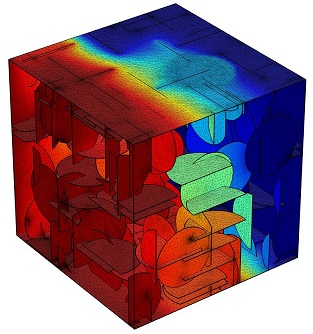
This research is supported by China Postdoctoral Science Foundation (Grants No. 2016M601170, Principal Investigator: Dr. Yongliang Wang)
Stimulated Reservoir Volume of Shale Reservoir-Hydraulic & Gas Fracturing
Hydraulic fracturing:
The
Hydraulic fracturing (HF) (also fracking, fraccing, frac'ing, hydrofracturing or
hydrofracking) is a well stimulation technique in which rock is fractured by a
pressurized liquid. The process involves the high-pressure injection of 'fracking
fluid' (primarily water, containing sand or other proppants suspended with the
aid of thickening agents) into a wellbore to create cracks in the deep-rock
formations through which natural gas, petroleum, and brine will flow more
freely. When the hydraulic pressure is removed from the well, small grains of
hydraulic fracturing proppants (either sand or aluminium oxide) hold the
fractures open.
Hydraulic fracturing began as an experiment in 1947, and the first commercially
successful application followed in 1950. As of 2012, 2.5 million "frac jobs" had
been performed worldwide on oil and gas wells; over one million of those within
the U.S. Such treatment is generally necessary to achieve adequate flow rates in
shale gas, tight gas, tight oil, and coal seam gas wells. Some hydraulic
fractures can form naturally in certain veins or dikes.
Hydraulic fracturing is highly controversial in many countries. Its proponents
advocate the economic benefits of more extensively accessible hydrocarbons.]
Opponents argue that these are outweighed by the potential environmental
impacts, which include risks of ground and surface water contamination, air and
noise pollution, and the triggering of earthquakes, along with the consequential
hazards to public health and the environment.
Increases in seismic activity following hydraulic fracturing along dormant or
previously unknown faults are sometimes caused by the deep-injection disposal of
hydraulic fracturing flowback (a byproduct of hydraulically fractured wells),
and produced formation brine (a byproduct of both fractured and nonfractured oil
and gas wells). For these reasons, hydraulic fracturing is under international
scrutiny, restricted in some countries, and banned altogether in others. The
European Union is drafting regulations that would permit the controlled
application of hydraulic fracturing.
scCO2:
The
Supercritical carbon dioxide (scCO2) is a fluid state of carbon
dioxide where it is held at or above its critical temperature and critical
pressure.
Carbon dioxide usually behaves as a gas in air at standard temperature and
pressure (STP), or as a solid called dry ice when frozen. If the temperature and
pressure are both increased from STP to be at or above the critical point for
carbon dioxide, it can adopt properties midway between a gas and a liquid. More
specifically, it behaves as a supercritical fluid above its critical temperature
(304.25 K, 31.10 °C, 87.98 °F) and critical pressure (72.9 atm, 7.39 MPa, 1,071
psi), expanding to fill its container like a gas but with a density like that of
a liquid.
Supercritical CO2 is becoming an important commercial and industrial
solvent due to its role in chemical extraction in addition to its low toxicity
and environmental impact. The relatively low temperature of the process and the
stability of CO2 also allows most compounds to be extracted with
little damage or denaturing. In addition, the solubility of many extracted
compounds in CO2 varies with pressure, permitting selective
extractions.

2. 2014, Bazant, Why Fracking Works
4. 2017, Phase-Field Approach, hydraulic fracturing
5. Observations of Fractures Induced by Hydraulic Fracturing
7. PFC_Hydraulic Fracturingin Coal_Hydraulic Mechanical Coupled
8. Birdsell_Fluid Flow of Hydraulic Fracturing_Potentional Pollution_Review_WRR2015
9. Reagan_Fluid Flow of Hydraulic Fracturing_Potentional Pollution_Modelling_WRR2015
10. A continuum model for coupled stress and fluid flow in discrete fracture networks
11. 3Dprinting_Rock Microstructure on Permeability_GRL
13. Zhu Wanchegn, 2014 scCO2 fracturing using COMSOL
14. Foreign shale gas resources exploration and development status
15. High-resolution brittle fracture simulation with boundary elements (Video)
16. 2016, Experimental investigation of heterogeneity and geostress difference
17. 2016, CDEM-based analysis of heterogeneous glutenites
18. 2017, COMSOL, water, nitrogen and CO2 fracturing fluids
19. Fracturing model by Dongxiao Zhang(PKU)
20. CDEM-based analysis of hydrofracturing cracks in multiple wells(ZDX)
21. 2018, JPSE, The effect of heterogeneity on hydraulic fracturing in shale by Dongxiao Zhang(PKU)
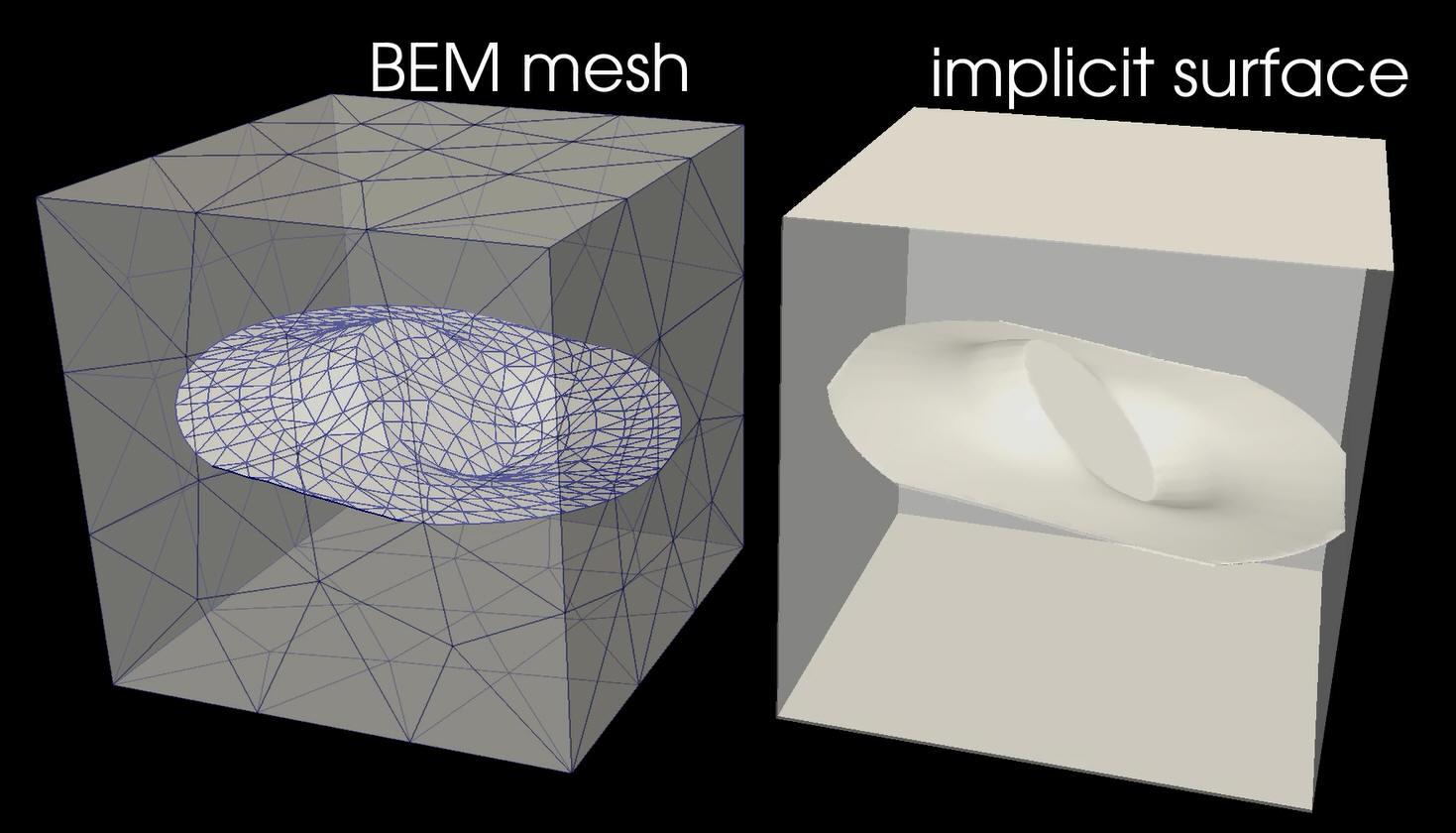
Summary for shale gas extraction and numerical methods
1. 2015 zhuagnz-summary for shale gas extraction-CHINESE QUARTERLY OF MECHANICS
2. 2016 zhuagnz-summary for hydraulic fracturing-Chin Sci Bull
3. 2016 suyewang-summary for numerical methods of hydraulic fracturing-Sci Tech Rev
4. 2017 zhuagnz-summary for shale gas extraction-CJTAM
Multiple clusters of hydraulic fractures
1. 2016 zhuagnz-multiple clusters of hydraulic fractures-CM
2. 2017, Zeng QL, CM, Multiple hydraulic fractures
3. 2017, Zeng QL, JAM, Multiscale Self-Consistent Fracture Network
Fracturing simulation based on bonded particle models (BPM)
1. 2017, Effect of natural microcracks on the supercritical CO2 fracturing
4. 2017, Journal of Natural Gas Science and Engineering, Pulse hydraulic fracturing
6. 2016, Journal of Natural Gas Science and Engineering, fracture initiation and breakdown pressure
9. 2015, Bull Eng Geol Environ, Fluid-driven fractures in granular materials
11. 2011, Int J Rock Mech Min Sci, Fluid viscosity and particle size distribution
12. 2017, RMRE, Experimental investigation of the effect of bedding planes
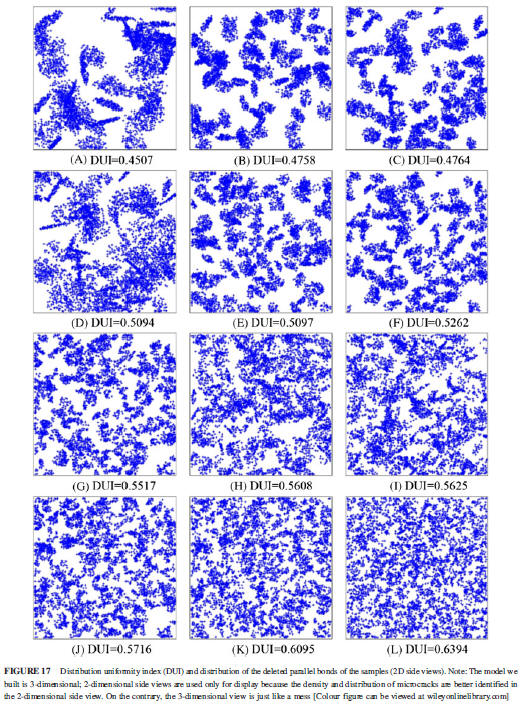
PHD Thesis
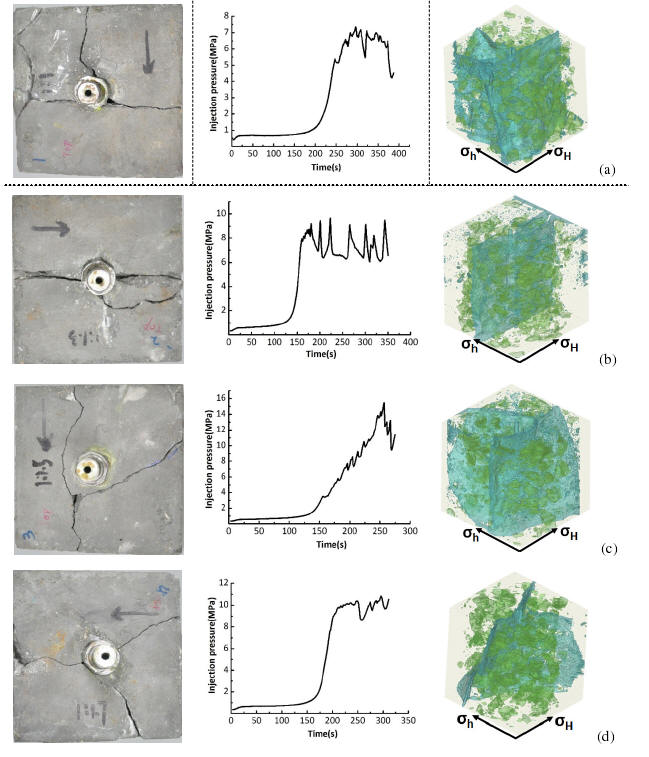
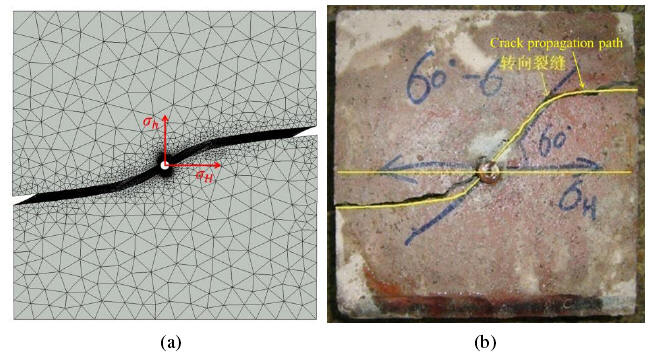
Summary for multiple horizontal wells and multistage hydrofracturing
1. Interaction and optimization of multiple wells in fracturing
2. Multi-stage fracturing in horizontal well
3. Stress-shadow effect between perforation clusters

Numerical analysis of the hydrofracturing behaviour of heterogeneous glutenite considering HMcoupling effects based on BPMs
2. Program using PFC2D & PFC3D
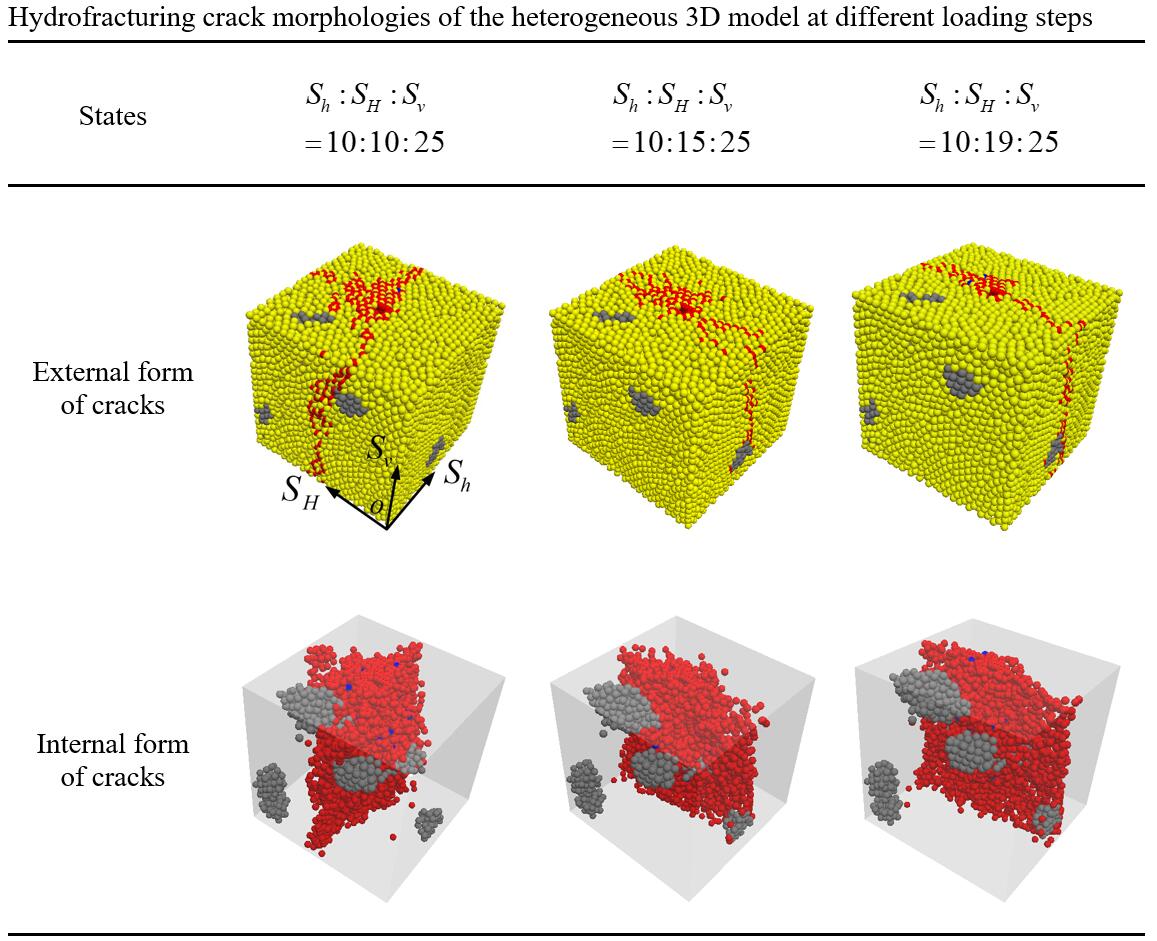
Study on Shale Fracability Evaluation Based on Fractal Description of Fracture Network
【2016, Sui】A quantification method for shale fracability based on analytic hierarchy process
【2014, Sui】Fractal description of rock fracture behavior

Numerical and experimental investigations f hydraulic fracturing by Zou Shiyu & Zhang Shicheng, China University of Petroleum (BJ)
1. Experimental investigations
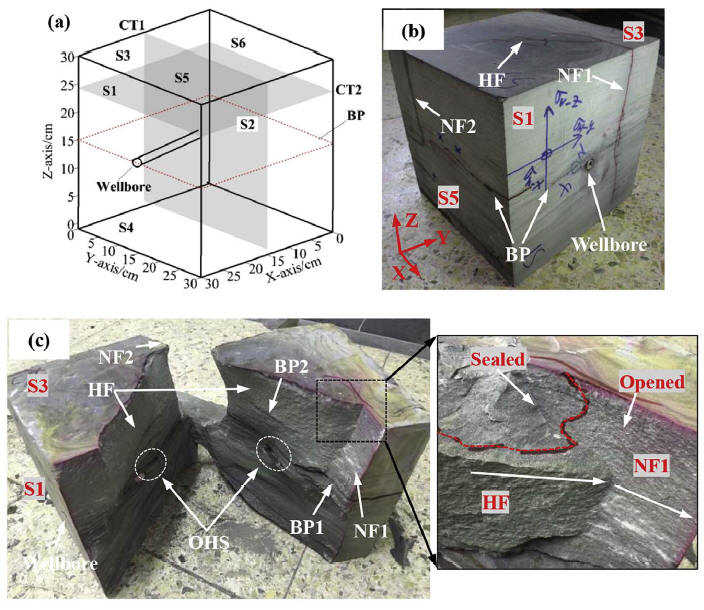
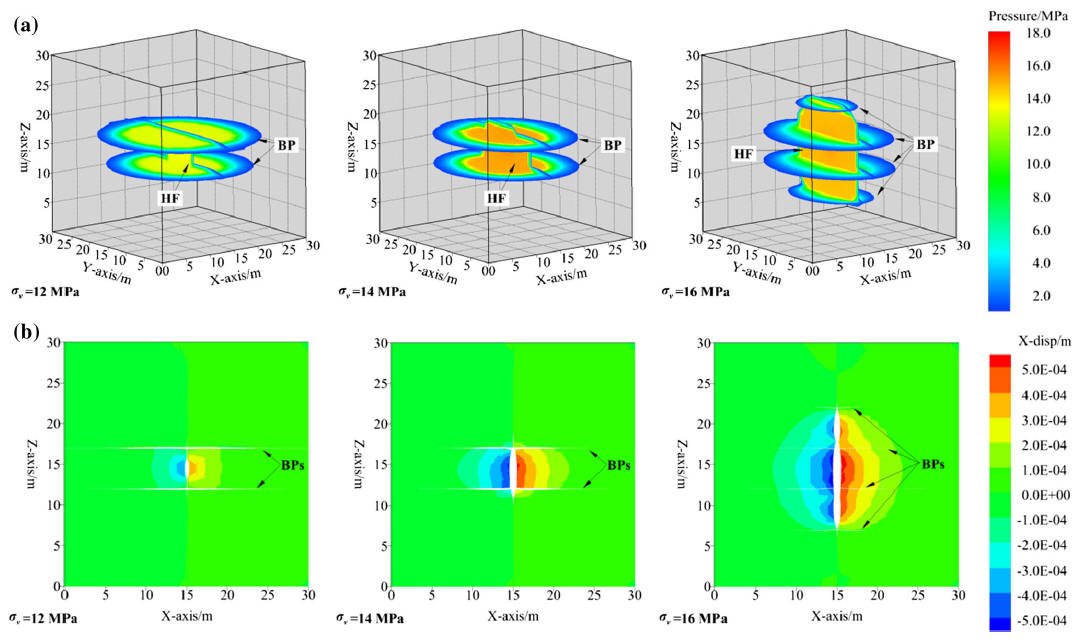
Models, fluid flow, and gas production (References for Elfen tgr)
1. Part I

Effective medium model of fractured rock (References)
